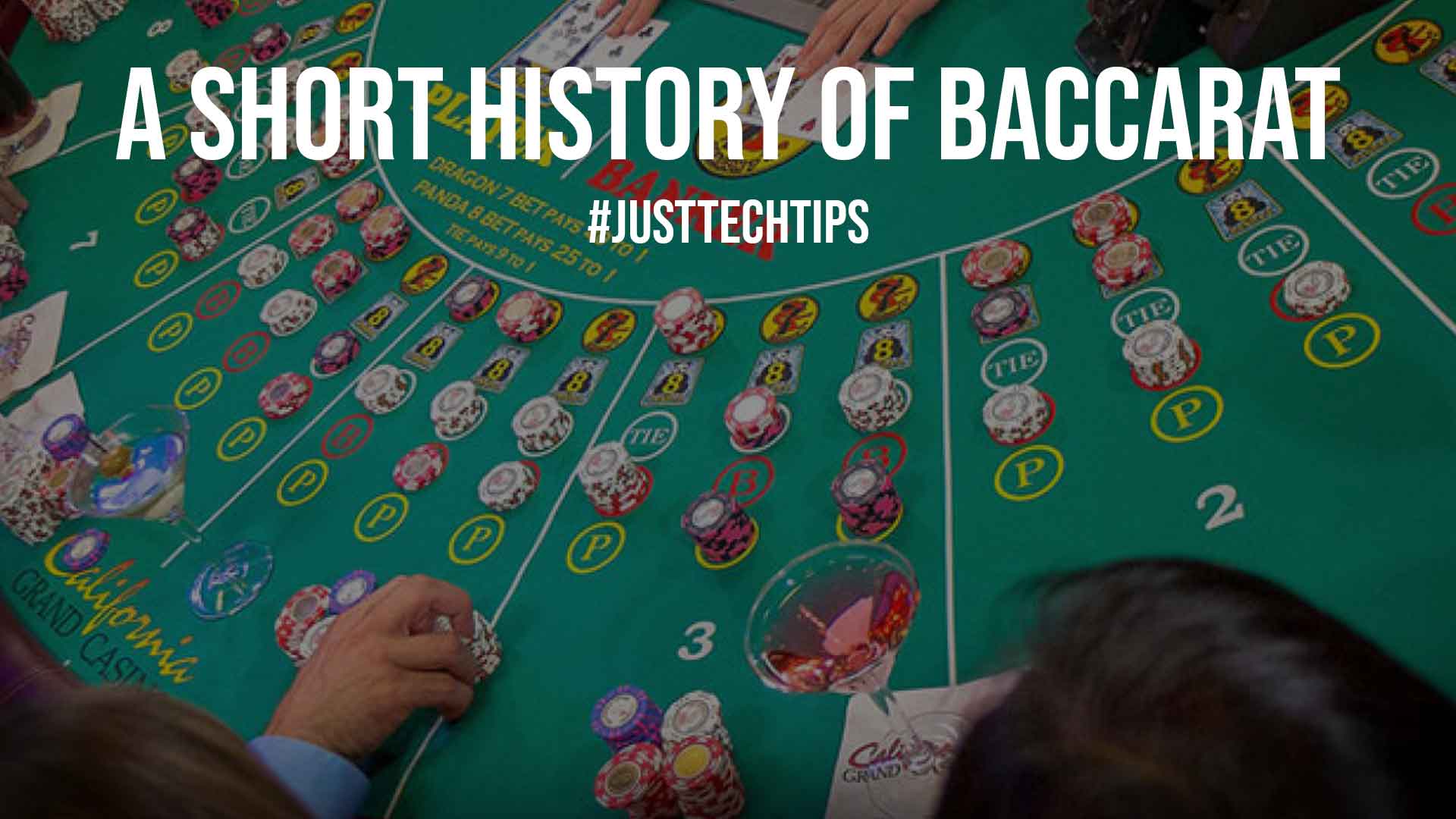Baccarat is a popular card game offered at many casinos around the world.
In order to learn how to play online Baccarat, it’s important to first understand the fundamentals of this gambling endeavor as well as its rules. The game involves the comparison of cards between the hands of the player and the hands of a banker. Each coup, otherwise termed round of play, has three potential outcomes.

These include the player winning, the banker winning, or a draw between the two.
Variants and Origins
Furthermore, three popular variants exist, including punto banco, chemin de fer, and Deux tableaux. These translate to North American Baccarat, chemmy, and Baccarat Banque.
In a punto banco-styled match, all moves are forced by the cards that the player has through dealing. In the other two, each player can make decisions. However, the odds are always in favor of the bank’s hand, with at least 1 percent house edge.
The origins of the matches are disputed, with some sources believing it to have started as early as the 19th century. Others claim the game was introduced by Italy in France at the conclusion of the 15th century with soldiers who returned from the war during Charles VIII’s reign.
Also Read: How Technology Is Changing Casinos?
Hand Value
In Baccarat, each card has a dedicated point value. For example, cards 2 through 9 in each of the suits are worth point-based face value, the jack, queen, king, and 10 are worth no points and aces are worth just 1 point. The hands are valued in accordance with the digit sum of their constituents.
This means that a hand consisting of 3 and 2 is worth 5, but a hand consisting of 7 and 6 is worth 3, as the regular sum exceeds the value of 10. The highest value of any hand, therefore, is 9.
Also Read: 10 Best Online Casinos – No Deposit Bonus – Keep What You Win
Punto Banco
The vast majority of Baccarat games played in casinos across the continental United States, Canada, Sweden, Macau, United Kingdom, Australia, Finland, and Sweden implement the punto banco variation.
Here, the casino (banco) will bank the game for the player (punto) every time and commit to playing out the two hands according to the tableau or the fixed drawing rules. This is unlike more historical games where the hands are associated with someone who makes their own drawing choices.
Dealing from a shoe of up to 8 decks of cards shuffled together, a single cut-card is added to the front of the 7th last card. The drawing of this cut-card represents the final coup of the current shoe. To start, the dealer burns the initial card face up, then based on its value, the dealer burns an equivalent amount of cards face down.
For each of the coups, two cards are dealt with their faces up for each hand, beginning with the player and alternating across the various hands. A croupier will then call the total. If neither the banker nor player achieves a total of 8 or 9, the coup concludes, and the result is announced.
Additional drawing rules are applied to ascertain whether a third card should be dealt out. Based on that value, the rules are extended to the banker. Once the coup finishes, the outcome gets announced, and bets are paid.